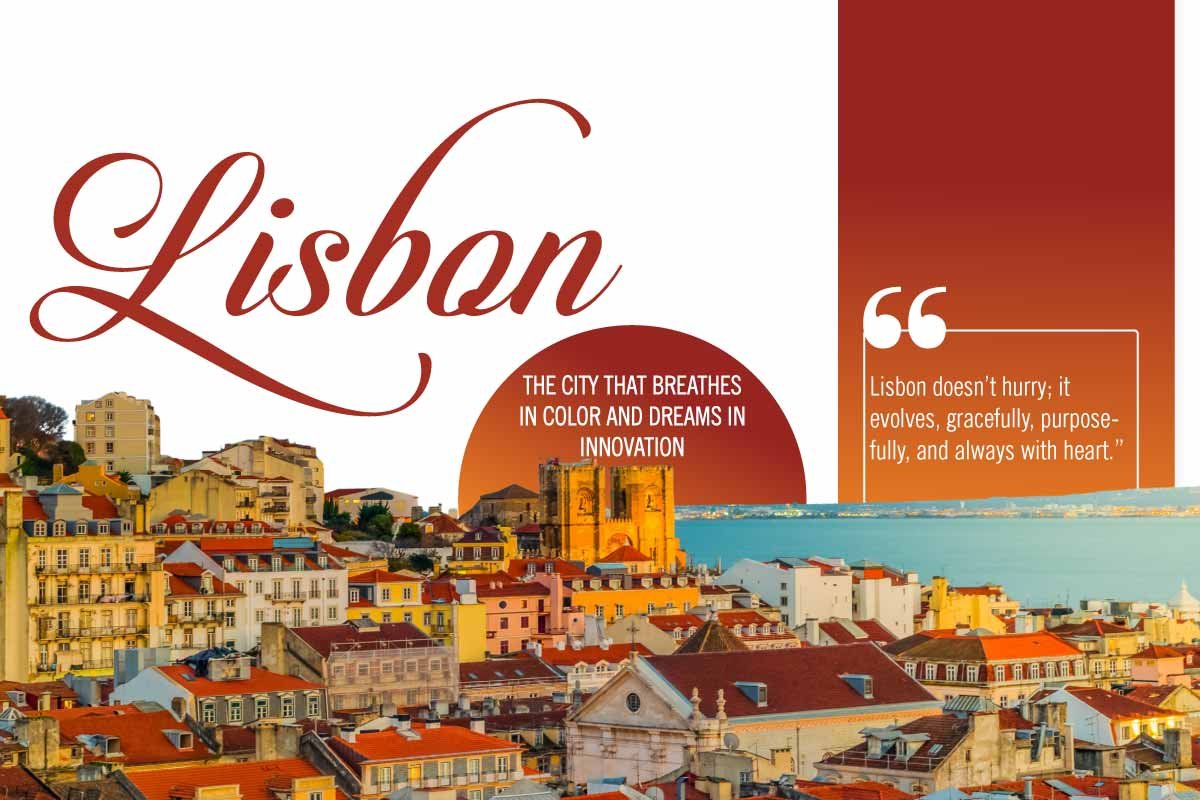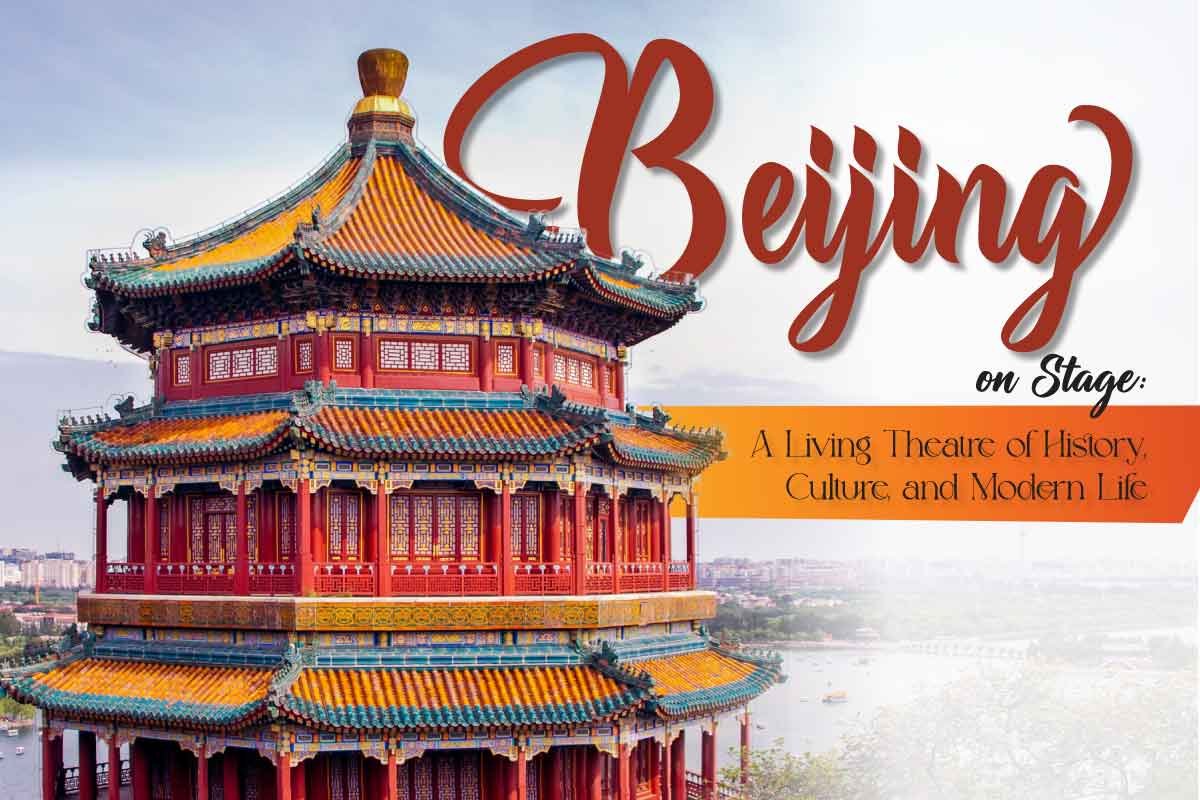Souce-euronews
Discover the vibrant heart of Poland with a journey to Warsaw, a city steeped in history, culture, and modernity. From its resilient spirit embodied in the iconic Warsaw Treaty to the cobblestone streets of its enchanting Old Town, Warsaw captivates visitors with its rich tapestry of experiences. Explore the best this dynamic capital offers, from its renowned landmarks and cultural attractions to its luxurious accommodations. Whether you’re drawn to the storied past of the Warsaw Treaty, eager to uncover the city’s hidden gems, or seeking the epitome of comfort and hospitality in its top-rated hotels, Warsaw promises an unforgettable adventure at every turn.
Tourist Attractions in Warsaw

Warsaw, the capital city of Poland, offers a diverse array of tourist attractions that reflect its rich history, vibrant culture, and dynamic modernity. Here are some highlights:
- Old Town (Stare Miasto): A UNESCO World Heritage site, Warsaw’s Old Town is famous for its picturesque Market Square, colorful townhouses, and the Royal Castle. Rebuilt after WWII, it embodies the resilience and spirit of the city.
- Royal Castle (Zamek Królewski): Once the residence of Polish monarchs, this beautifully restored castle now serves as a museum, showcasing royal apartments, art collections, and historical artifacts.
- Łazienki Park: This expansive park is home to the stunning Łazienki Palace (Palace on the Isle), the Chopin Monument, and beautiful gardens. It’s a perfect spot for leisurely walks and cultural events.
- Palace of Culture and Science: A gift from the Soviet Union, this iconic skyscraper offers panoramic views of the city from its observation deck and houses theaters, museums, and conference halls.
- Warsaw Uprising Museum: Dedicated to the 1944 Warsaw Uprising, this museum provides a moving and comprehensive account of the city’s resistance against Nazi occupation through interactive exhibits and personal stories.
- Wilanów Palace: Often referred to as the “Polish Versailles,” this Baroque royal palace and its surrounding gardens offer a glimpse into the opulent lifestyle of Poland’s aristocracy.
- POLIN Museum of the History of Polish Jews: This museum chronicles the 1,000-year history of Jews in Poland, offering insightful exhibits and multimedia displays in a striking modern building.
- Copernicus Science Centre: A top attraction for families and science enthusiasts, this interactive museum features hands-on exhibits and experiments in various fields of science and technology.
- Vistula Boulevards: Along the Vistula River, these scenic boulevards are perfect for walks, cycling, and enjoying riverfront cafes and cultural events, especially in the warmer months.
- Praga District: Known for its bohemian vibe, this district offers a mix of historic buildings, street art, vibrant nightlife, and unique cultural spaces like the Soho Factory and Neon Museum.
Warsaw seamlessly blends its historical heritage with modern attractions, making it a compelling destination for visitors interested in exploring Poland’s past and present.
Houses for rent in Warsaw

Renting a house in Warsaw offers a range of options catering to different budgets and preferences. The rental market in Warsaw is quite dynamic, with properties available in various districts, from the bustling city center to quieter suburban areas.
City Center: In districts like Śródmieście, houses are typically more expensive due to their proximity to business hubs, cultural attractions, and amenities. These properties often feature modern designs and premium facilities.
Suburban Areas: Neighborhoods such as Wilanów, Mokotów, and Ursynów provide a more residential feel with spacious houses, gardens, and family-friendly environments. These areas are popular among expatriates and families looking for quieter surroundings while still being accessible to the city center.
Pricing: Rental prices vary significantly based on location, size, and amenities. Central locations and luxurious houses command higher prices, while suburban houses tend to be more affordable, offering more space for the money.
Availability: Its rental market is competitive, especially for well-located and reasonably priced houses. It is advisable to work with real estate agents who can help navigate the market and find suitable properties.
Amenities: Many rental houses in Warsaw come with modern amenities such as fully equipped kitchens, parking spaces, and sometimes access to shared facilities like gyms or swimming pools.
Overall, Warsaw’s rental market is diverse, catering to a wide range of needs from high-end luxury to more budget-friendly options in suburban settings.
Warsaw Pact
The Warsaw Pact was a military alliance formed in 1955 by the Soviet Union and Eastern European countries to counter NATO and solidify Soviet control over its satellite states. It served as the Eastern Bloc’s collective defense agreement during the Cold War.
Formation and Purpose:
| Established: May 14, 1955 Members: Included the Soviet Union and seven Eastern European countries (Albania, Bulgaria, Czechoslovakia, East Germany, Hungary, Poland, and Romania). Purpose: Formed in response to West Germany’s admission to NATO and perceived Western threats, aiming to solidify Soviet control over Eastern Europe and provide a counterbalance to NATO. |
Principles:
| Mutual Defense: Similar to NATO, the Warsaw Pact was based on the principle of mutual defense, where an attack on one member was considered an attack on all. Soviet Dominance: The alliance reinforced Soviet political and military dominance over Eastern Europe, ensuring alignment with Soviet policies and interests. |
Activities:
- The Warsaw Pact’s military forces were used to suppress uprisings within member states, such as the Hungarian Revolution of 1956 and the Prague Spring of 1968.
- Unlike NATO, the Warsaw Pact had a more centralized command structure dominated by the Soviet Union.
End of the Cold War and Aftermath:
- Dissolution of the Warsaw Pact: The pact dissolved in July 1991, following the political changes in Eastern Europe and the collapse of the Soviet Union.
- NATO’s Evolution: NATO continues to exist and has expanded its membership, including several former Warsaw Pact countries, adapting to new security challenges in the post-Cold War era.
In essence, NATO and the Warsaw Pact were central to the military and ideological standoff of the Cold War, representing the Western and Eastern blocs, respectively. Their existence and rivalry shaped international relations and defense policies during the latter half of the 20th century.
Best Hotels in Warsaw
Choosing the “best” hotel in Warsaw can depend on individual preferences, including budget, location, amenities, and personal tastes. However, here are some top-rated hotels that consistently receive high praise from guests:

Hotel Bristol, a Luxury Collection Hotel: Situated in a historic building on the prestigious Krakowskie Przedmieście Street, Hotel Bristol offers luxurious accommodations with elegant decor, upscale dining options, and impeccable service.
InterContinental: Located in the city center with panoramic views of the Warsaw skyline, InterContinental Warsaw features spacious rooms, a top-floor swimming pool, multiple dining options, and convenient access to major attractions.
Hotel Raffles Europejski: A symbol of timeless elegance and sophistication, this historic hotel blends classic design with modern amenities. It boasts luxurious rooms, fine dining restaurants, a spa, and a prime location near the Old Town.
Mamaison Hotel Le Regina: Nestled in a historic building near the Vistula River, Mamaison Hotel Le Regina offers stylish rooms, a tranquil courtyard garden, a fitness center, and easy access to attractions like the Royal Castle and Łazienki Park.
Hotel Polonia Palace: Centrally located near the Palace of Culture and Science, Hotel Polonia Palace features elegant rooms, a renowned restaurant serving Polish and international cuisine, and a rich history dating back to the 1910s.
H15 Boutique Hotel: Housed in a renovated 19th-century building, H15 Boutique Hotel offers spacious and stylish suites equipped with modern amenities. It also features an art gallery, a fitness center, and a restaurant serving contemporary Polish cuisine.
Sheraton Warsaw Hotel: With a convenient location near the main train station and financial district, Sheraton Warsaw Hotel offers comfortable rooms, extensive meeting facilities, a rooftop bar with panoramic views, and a wellness center.
Hotel Warszawa: This boutique hotel combines Art Deco elegance with contemporary design, offering luxurious rooms, a rooftop terrace, a gourmet restaurant, and a spa. It’s located near the historic Praga district and the Vistula River.
These hotels represent a range of styles and price points, catering to different preferences and needs of travelers visiting Warsaw.


















